Rio Carnival - Sambodromo
The Contest
There are several parades taking place on different nights as part of Carnaval, but it all comes down to the two Main Parades on Sunday and Monday. 13 Samba schools compete over those 2 nights to be crowned champion at the Sambódromo.
The show starts around 21:00 and goes on until the morning. Every night, each of 6-7 schools parades for 70 minutes, and there are breaks in between. Don’t feel like you have to stay for the full thing, in fact many people don’t. By going for just one night, you are missing half of the schools anyway. You can really get a feel of the experience from watching 3-4 schools.
We were there when the gates opened at 19:00 and stayed for 4 out of 7 schools. But had we not had plans the following day, we would have stayed longer.
As a foreigner, don’t think too much about which of the two days to attend. Every single school puts on an incredible show, with elaborate allegorical floats and thousands of performers. The first school, whichever that may be, is bound to have you in awe seeing the sheer complexity of this show unfold before your eyes for the first time. There are crowd favourites though amongst the cariocas (well established schools or recent winners e.g. Viradouro, Mangueira, Portela) so maybe watch out for those.
In addition to the Main Parades where First League samba schools perform, there are two Preliminary Parades (Secondary League) taking place in the 2 nights prior.
There is also a Champions Parade on the following Saturday. While it may seem tempting to attend the parade that showcases the best of the best, bear in mind this occurs after Carnaval has officially ended and there is no competition anymore. Therefore, the experience is likely to be less heated and exciting. Also, if you have a week to spend in Rio, you might have to choose between the Carnaval period and the Champions Parade. Two downsides of Carnaval are the notoriously expensive accommodation and the fact that almost all indoor attractions will be closed. But there is nothing like Carnaval…
Each samba school builds their annual show around a main theme, be that celebrating a moment in history, paying a tribute, or presenting fragments of Brazilian culture and society. In recent years, the Carnaval has also become a platform for protest against issues facing modern society. Having won 20 championships in the past including 2019, Mangueira is always an audience favourite at the Sambódromo. They didn't hold back this year, and used religious motives as a means of standing against division, violence and intolerance. They sent a powerful message that resonated with the audience.
The Arena
The Sambódromo is basically a long strip with seating either side. The samba schools parade from one end to the other for no more than 70 minutes each - this is strict and points are deducted for running over. Seating options vary widely, from ground-level seats (better for seeing performers up-close) to grandstands (better for seeing the whole) - two very different experiences!
Grandstands are a popular option and there are 12 sectors (2-13) to choose from.
Lower numbers at the start, higher numbers at the end. Even numbers on one side, odd numbers on the other.
Middle sectors are more desirable. One reason is that obviously you get to see more, both ways and from a good angle. You are also closer to the judges, which is good. The performances will be outstanding throughout, but you know that the schools will try their very best when in this area, in order to impress the judges - it is a competition after all. By the time the schools have reached this point, the energy, from the performers and the audience alike, is at its peak. Naturally, these sectors are more expensive. Book early.
Sector 1 (in case you are wondering why the count starts with 2) is not available for the general public. These are seats distributed by the samba schools for free among their community.
Sectors
Sectors 6-7,8,10-11 are all good choices.
Note the omission of Sector 9, also known as "the tourist sector" and where all the tour groups end up. There is really no good reason to want to book there. It's significantly more expensive (double the price or even more) and doomed to be less authentic - better to sit amongst cariocas and experience true Carnaval. The only apparent advantage is allocated seating (all other sectors are first come first served), however seats are allocated just before collection, and not at the time of booking, so you may find options are limited by the time you pick up your tickets.
Whatever the sector, go early and save your space on the concrete bleachers. The very front row fills up quickly. Yes, you will have to wait at least a couple hours, but it’s worth it. Hold on to your “seat” and don’t leave it unclaimed or unattended during the night, or someone else might snatch it while you go grab a drink or visit the toilet.
We stayed at one end of Sector 10, facing the start of the parade. Because of a large gap to Sector 8, we got an unobstructed view of the entire strip, and also a direct view across to the drummers' niche between Sectors 9 and 11. That was a good seat!
I would particularly avoid Sector 12 & 13 grandstands, not just because they are at the very end of the Sambódromo, but because they are placed further away from the strip and, depending on where you are seated, the view may be obstructed by the Sector 10/11 grandstands. As a result, you don’t get that really nice view of the entire strip lined with carts and performers.
Apparently even number sectors 2,4,6,8 have newer and better facilities. Having stayed in Sector 10, I’ve not tried them myself, but I can confirm the facilities in Sector 10 are quite unimpressive - but toilets do exist and there is a limited selection of food (any half-decent options will sell out quickly) and drinks. You are allowed to bring in two beverages and two food items - something we did not do and something I would very strongly advise anyone to do.
You can also actually join the samba schools and be part of the parade itself by hiring a costume, which should be a really interesting experience, though I have heard that it comes with a very hefty price-tag.
In short, my recommendation for grandstands:
stay in Sector 10 or Sector 11
book early to secure a good price
be there when the gates open to secure a good seat
Tickets
Tickets for the Sambódromo become more and more expensive as Carnaval approaches (they can increase in value twofold, threefold or more), so it's best to book a few months in advance. The earlier, the better. We used rio-carnival.net - legit seller, fair prices, nice website with lots of useful info and a straight-forward booking process. Once booked, you get a voucher and you can collect your actual tickets from a designated location upon arriving in Rio. Make sure you to bring your passport and card you used for the payment with you.
Don't buy coach transfer and anything like that, you really don't need it.
For reference, we paid 275 BRL (approx $50) per ticket at the time. 2019 Carnaval, Sunday Main Parade, Grandstand, Sector 10. We booked in September for the carnival in February, so 5 months in advance.
Safety
I did bring my camera into the Sambódromo, as I really wanted to capture this experience my way, through the lens. I can say that I felt very safe while inside the stadium and had my camera out most of the time while I was watching the parades. There are security checks and people are really just there for the celebration. Of course, always keep an eye on your possessions.
A more valid reason for worry, is the journey to and from the Sambódromo, however I felt that was safe as well, despite the internet’s popular opinion that it is reckless to carry valuables on the subway and through the Cidade Nova area, especially during the dark. No matter when you come and leave, there are lots of other people joining you, and significant police presence along the route, and, for me, that made the journey feel safe enough.
Afterthought
I remember one general thought I had of the whole Sambódromo experience was that there were so, so, so many people in one place - unlike anything I have ever seen before.
Little did I know in February 2019 that I will be writing this article in a time where this image of utmost celebration among people would seem so out of place, and disconnected from our current existence. Carnaval 2021 due to take place in February has been cancelled for the first time in a century, which is of course inevitable, but quite sad, as this celebration really means a lot for the people of Brazil.
Here’s to hoping for a future where such things are normal once again!
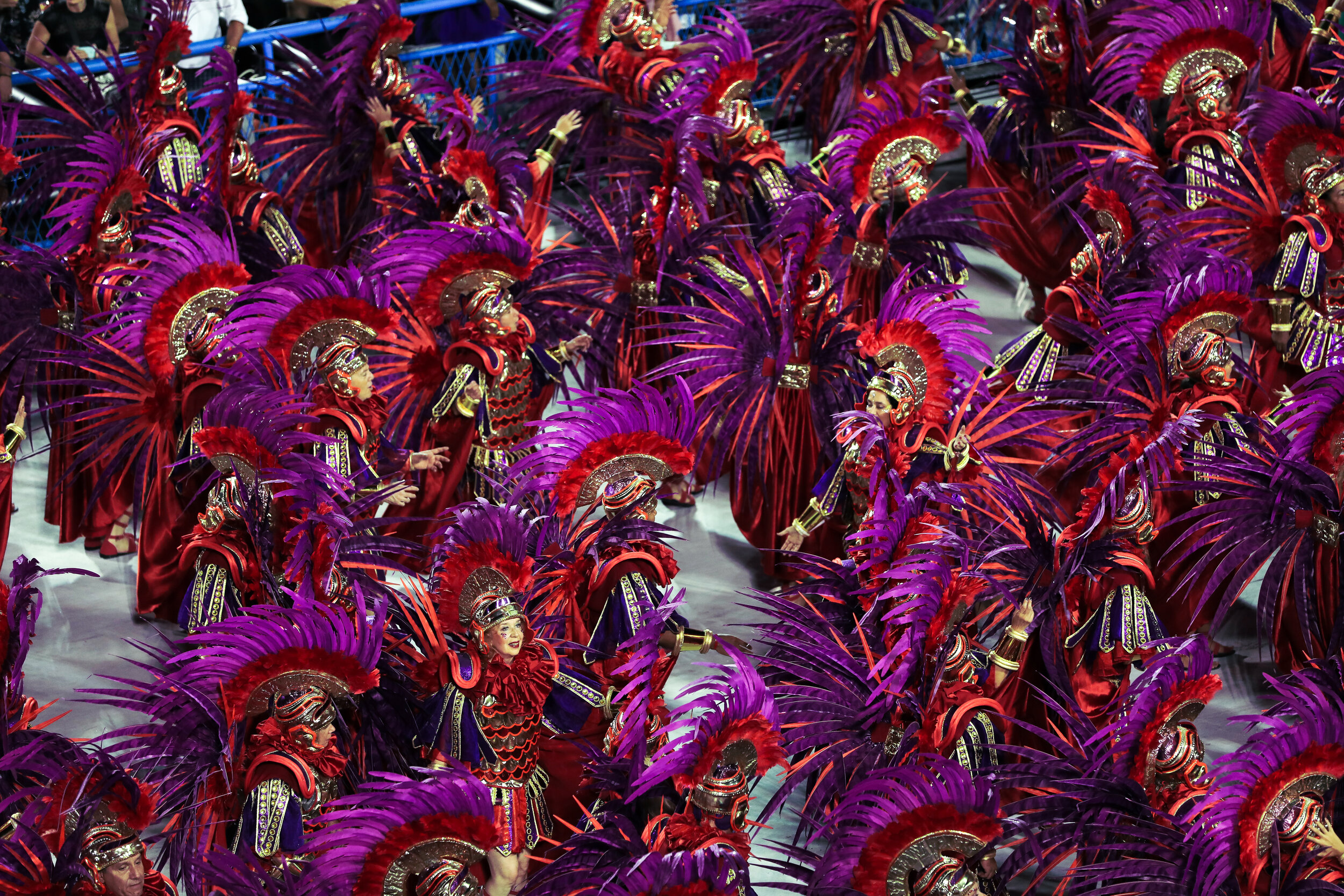










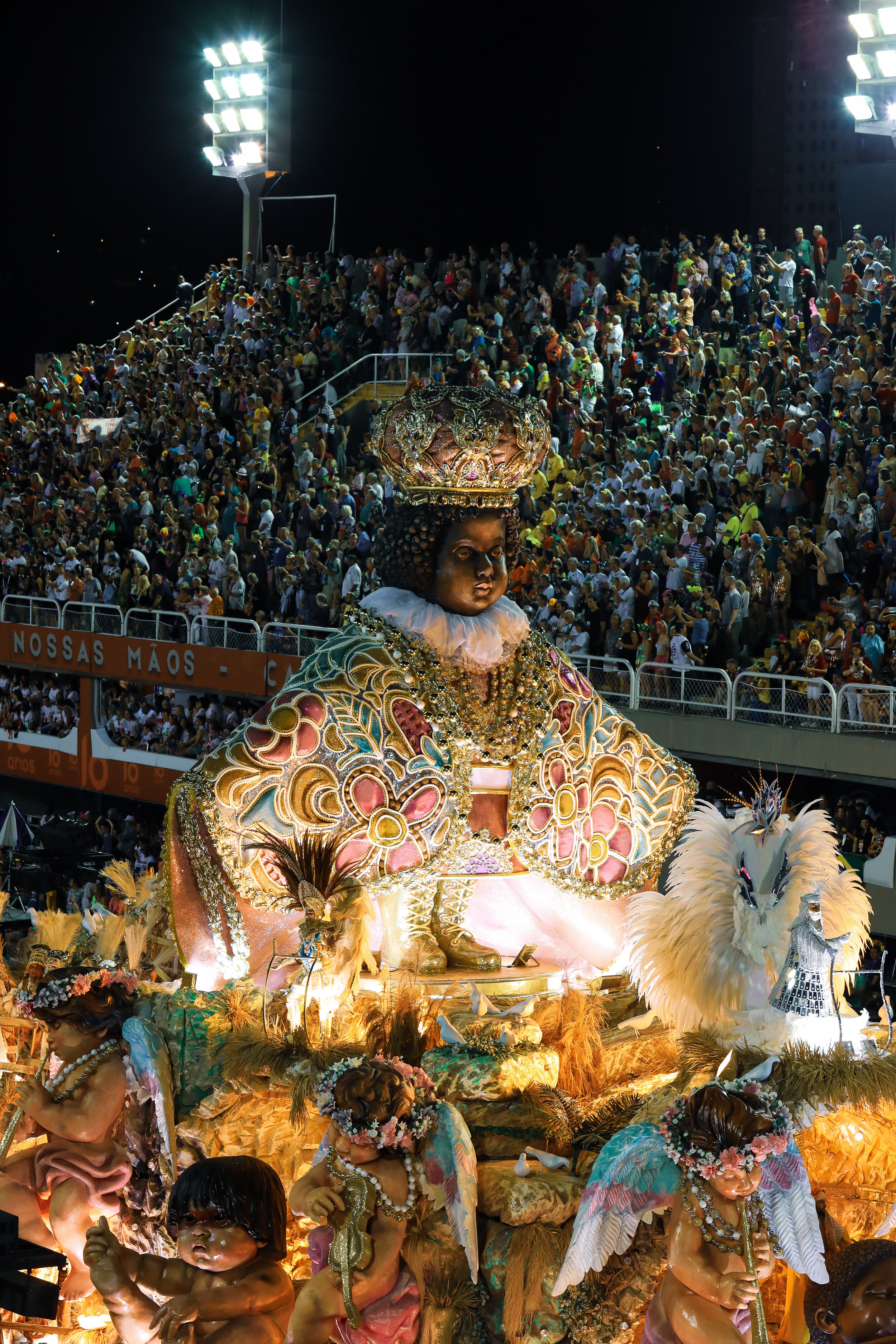



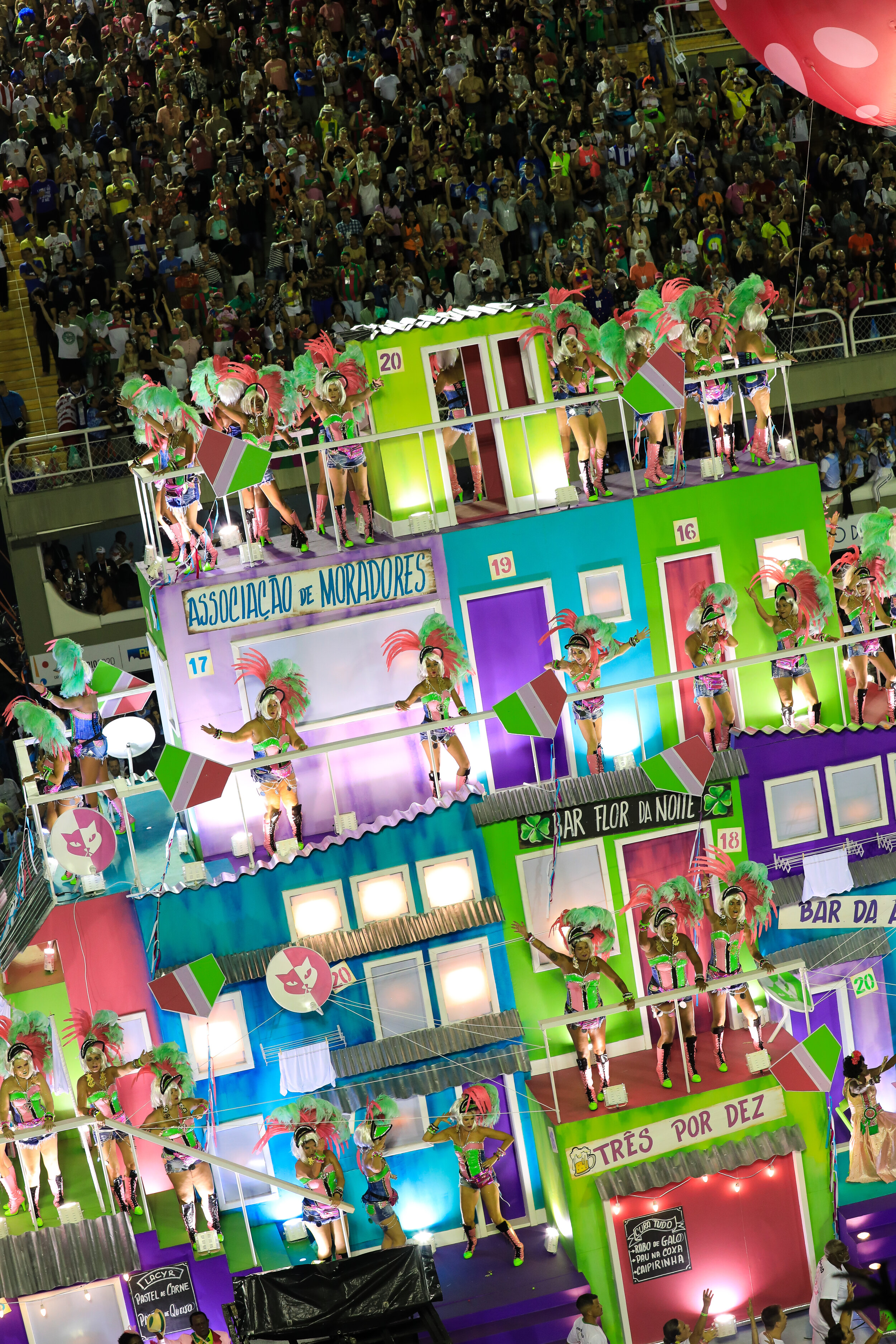




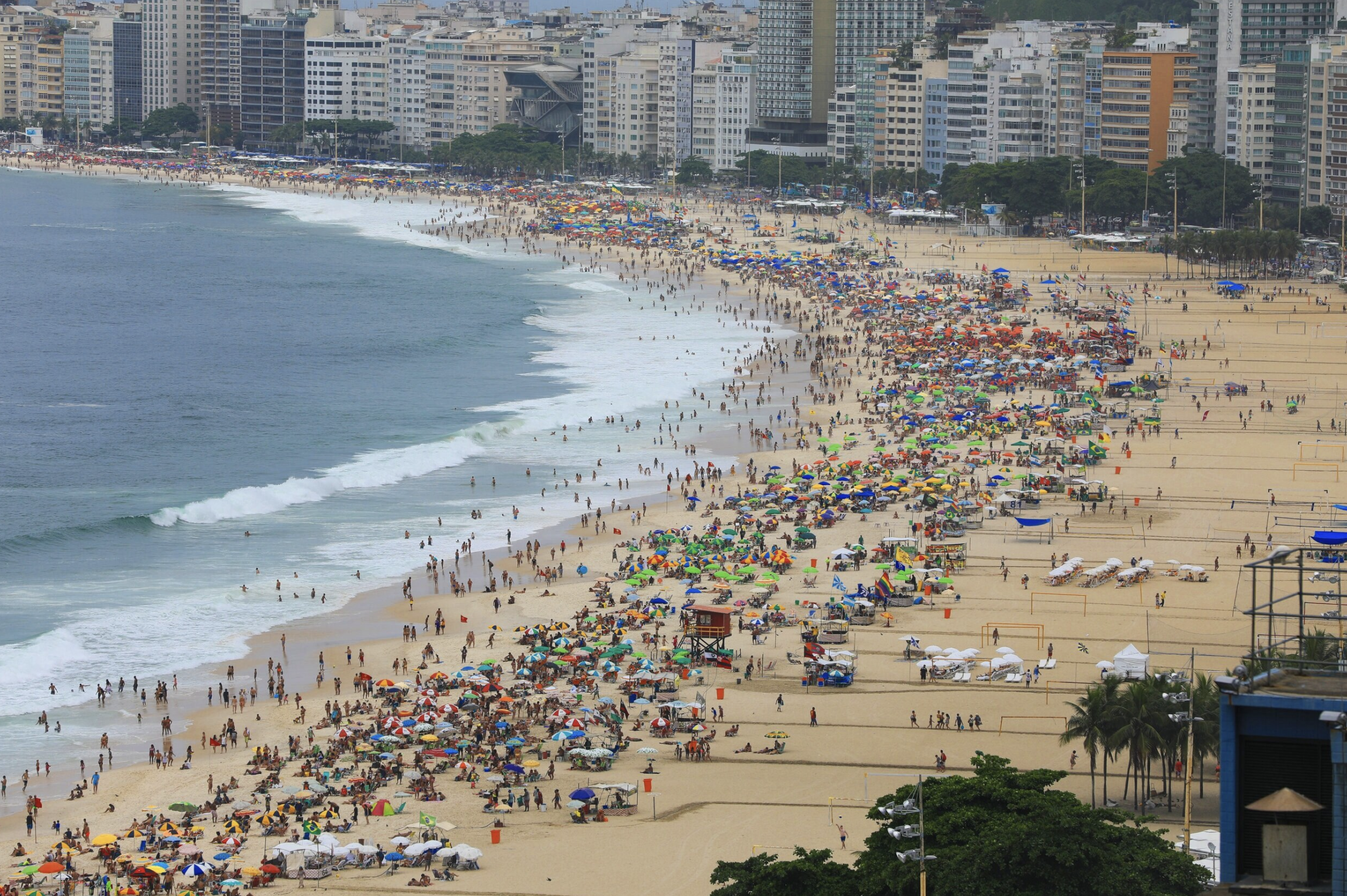
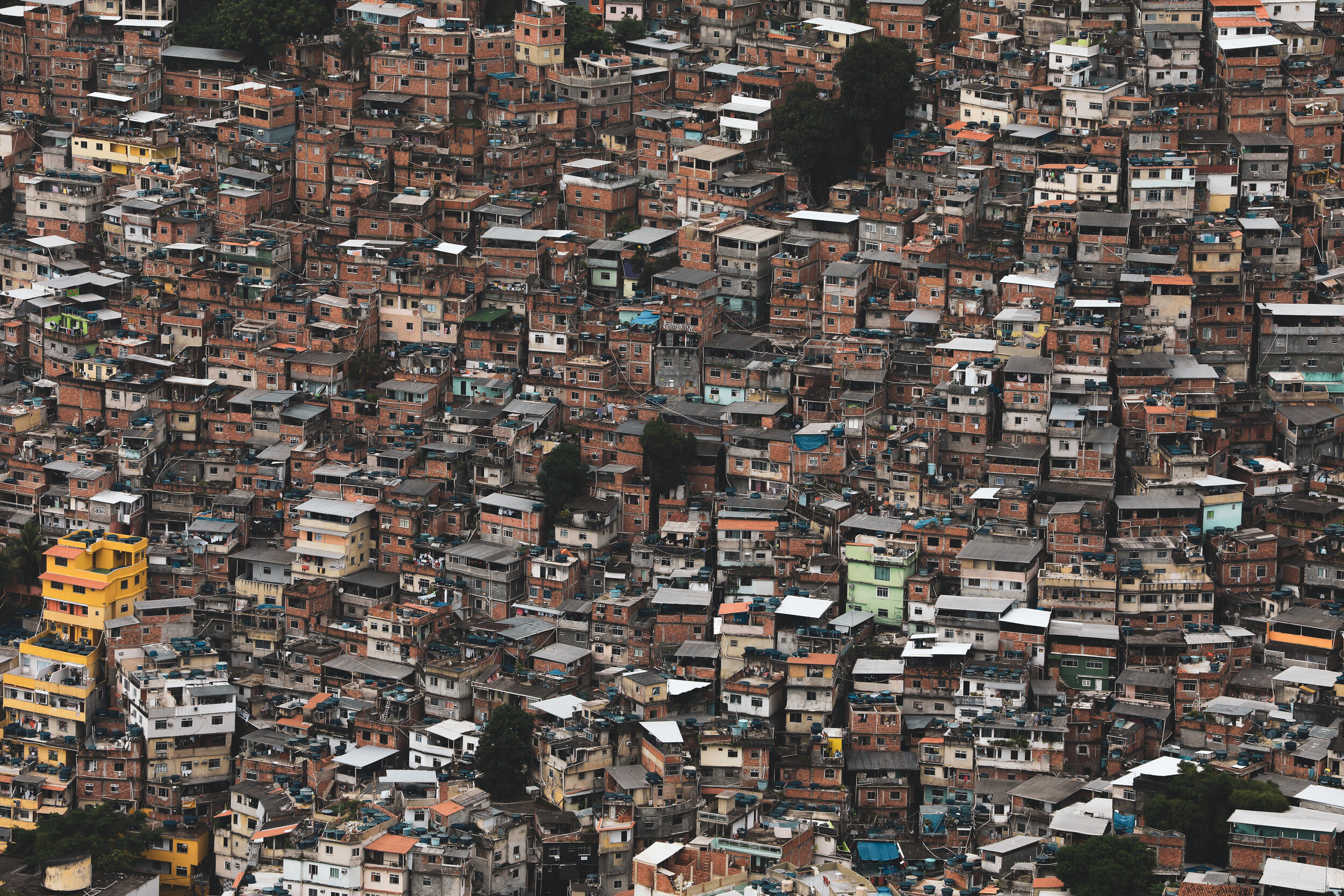
Everything you need to know about the Rio Carnival